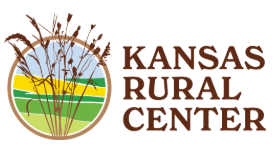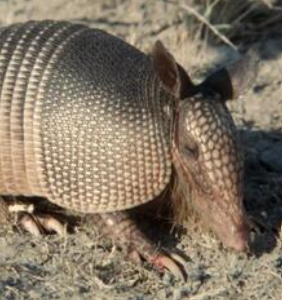As the holiday season winds down and the New Year approaches, many of us begin reflecting on the past year and thinking ahead. Its a natural time to set resolutions—those hopeful promises to ourselves to eat better, move more, stress less or simply live healthier. Yet, despite our best intentions, many resolutions fade by February. Why is lasting change so hard? As a physical therapist helping patients make healthy changes for over 30 years, I have found the answer may lie in how we approach change, by using the science of behavior change to our advantage.
Drawing from the work of Chip and Dan Heath in their book Switch: How to Change Things When Change Is Hard, we can rethink our strategy. Their model uses a simple metaphor that I have found helpful: to make meaningful change, we must direct the rider (our rational mind), motivate the elephant (our emotional side), and shape the path (our environment and habits).
1. Direct the Rider: Set Clear, Meaningful Goals Our rational mind thrives on clarity. Vague resolutions like “ in shape” or “ healthier” don’t provide enough direction. Instead, set specific, achievable goals that matter to you. Maybe its walking 20 minutes at least five times a week, cooking a healthy dinner at home three nights a week, or scheduling that long-overdue check-up before spring comes. The key is to make goals concrete and personally relevant. When your rider knows where to go, its easier to stay on course.
2. Motivate the Elephant: Tap Into Emotion Logic alone wont drive change—your emotional side needs to be on board. If your heart is not in, it doesn’t matter what your mind thinks. Ask yourself: Why does this goal matter to me? Maybe you want more energy to play with your kids, to feel confident hiking with friends or to reduce stress to find more joy in life. Connecting your goals to deeper values and emotions gives them staying power. When the elephant is motivated, change becomes less of a chore and more of a meaningful pursuit.
3. Shape the Path: Make Change Easier Even the best intentions can be derailed by a cluttered environment or lack of support. Set yourself up for success by shaping your surroundings. Lay out your walking shoes the night before. Keep healthy snacks visible. Invite a friend to join you on your health change. Small nudges to your environment can make a big difference. When the path is clear, both rider and elephant can move forward with less resistance.
And remember: progress beats perfection. Life is unpredictable, and goals may need adjusting. That’s okay. What matters is staying engaged in the process and being kind to yourself along the way. A missed workout or a skipped healthy meal doesn’t mean failure—its just part of the journey.
This New Year, instead of making a resolution you hope to keep, make a switch—one that aligns your mind, heart and habits. You might be surprised at how far a small, well-directed change can take you.
So, as you gather with loved ones this season and look ahead to the coming year, consider making a healthy switch.
Kory Zimney, PT, DPT, PhD is a professor at the University of South Dakota, School of Health Sciences Physical Therapy Department and director of the PhD in Health Science program. Dr. Zimney is part of the Center for Brain and Behavioral Research at the University of South Dakota and the Therapeutic Neuroscience Research Group, conducting research specifically in the areas of pain science and therapeutic alliance. Follow The Prairie Doc® at www.prairiedoc.orgFaceBook, Instagram, YouTube and Tik Tok. Prairie Doc Programming includes On Call with the Prairie Doc®, a medical Q&A show (most
Thursdays at 7pm on YouTube and streaming on Facebook), 2 podcasts, and a Radio program (on SDPB, Sundays at 6am and 1pm).






